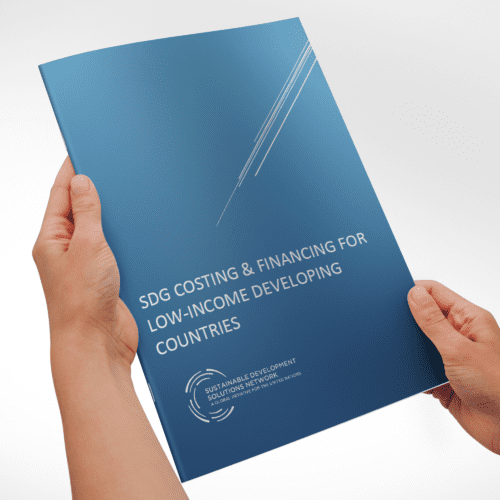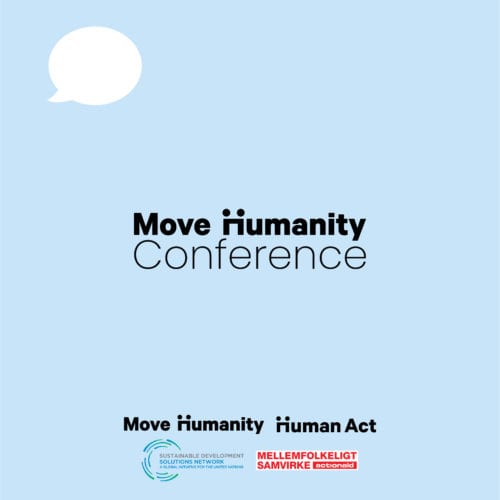
Sustainable development goals
The Sustainable development goals or the SDGs are a set of 17 objectives – negotiated and agreed to by all 193 member states of the United Nations in 2015 – to end extreme poverty, achieve decent work for all, promote justice, peace, and prosperity, and protect the natural environment from human-caused harms.
The SDGs constitute a bold, ambitious yet feasible agenda that requires only a small percentage of Gross World Income (GWI). The total incremental costs for achieving the SDGs in the world are to the order of $2–$3 trillion USD per year for major SDG sectors. In the low-income countries (LICs) – where Move Humanity primarily has its focus – the financing gap for these same sectors is much smaller, at $300–$400 billion per year.
The SDG Financing Gap
Achieving the SDGs will require rapid mobilization of financial resources from all sectors of the global economy. Move Humanity aims to close the financing gap in LICs by mobilizing greater funding from the philanthropic sector. Today, an estimated wealth of $128.7 trillion USD in net worth is owned by a mere 0.7 percent of the population. Taxation of this “0.7%” would ensure there is more than sufficient funding to meet all the 17 SDGs by 2030.
There are three ways to close the resulting budget gap:
- increased domestic revenues
- increased Official Development Assistance (ODA) to governments
- increased Private Development Assistance (PDA) to governments
You can read our full report on how to close the SDgs financing gap by clicking the link


